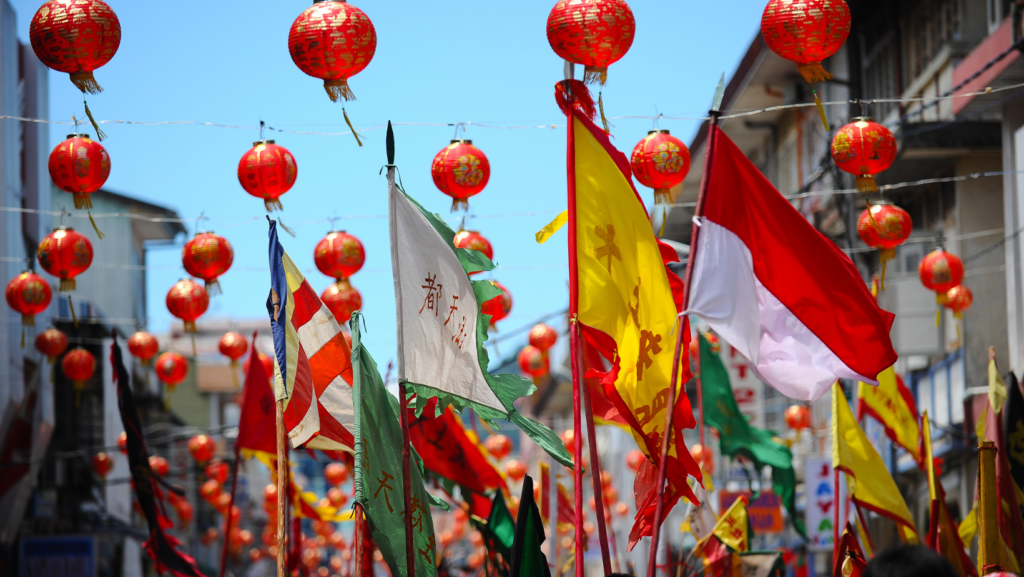In the grand tapestry of human existence, cultural landscapes play an integral role. They’re more than just physical spaces; they’re the living, breathing embodiments of our shared history, traditions, and values. As we traverse these landscapes, we’re not just observers—we’re participants in a rich, ongoing narrative that’s continually being shaped and reshaped.
Diving into the intricacies of cultural landscape insights provides a unique lens through which we can understand and appreciate the complexities of human societies. From the architectural marvels of ancient civilizations to the vibrant street art of modern cities, these landscapes are powerful storytellers. So, let’s embark on this journey together, exploring the fascinating insights that cultural landscapes have to offer.
Cultural Landscape Insights
Surveying cultural landscape insights across different geographical boundaries provides a diverse understanding of human society’s background, evolution, and practices. This assessment gives unique insights into the social fabric and heritage entrenched in these regions.
Cultural Landscapes in Asia
Asia, the world’s largest continent, accommodates an eclectic mix of cultural landscapes throughout its diverse countries. For instance, in China, ‘The Great Wall’ exemplifies the region’s historical significance and architectural prowess. Similarly, Indonesia’s ‘Borobudur Temple’, a 9th-century Mahayana Buddhist temple, represents a unique synthesis of the natural landscape and human creativity. These instances, amongst many others, bear testament to Asia’s wealth of cultural landscapes, demonstrating the depths of their histories, cultural beliefs, and societal evolutions.
Cultural Landscapes in Europe

European cultural landscapes house stories of socio-political evolution, architecture, and human-environment relationships, resonating their cultural identity and heritage. For example, the ‘City of Bath’ in England, renowned for its Roman-built baths, and the ‘Amalfi Coast’ in Italy, known for its scenic beauty and historic significance, reflect the evolution of these societies. Such landscapes present a harmonious blend of the natural and artificial elements, revealing stories of European history, from ancient eras to more recent times.
Cultural Landscapes in Africa
Africa, the cradle of humankind, abounds in diverse cultural landscapes, each deeply intertwined with nature. ‘The Great Pyramids of Giza’ in Egypt pay homage to the continent’s ancient civilizations, while the ‘Rock-Hewn Churches’ in Ethiopia signify the practice of monolithic architecture. ‘Robben Island’ in South Africa, better known as former President Nelson Mandela’s prison, bears witness to the region’s struggle for freedom. These landscapes epitomize Africa’s innate resilience and showcase human adaptation to the continent’s distinctive natural environments, thereby serving as historical touchstones for present and future generations.
How Cultural Landscapes Shape Communities

Cultural landscapes have far reaching implications on the societies that inhabit them. They shape the structure of communities from both a social and economic perspective.
Influence on Social Structures
Cultural landscapes influence social structures, creating distinct patterns of community interaction and societal norms. For instance, the Balinese Subak system in Indonesia, a UNESCO World Heritage site, encapsulates the complex relationship among the temples, rice terraces, and water temples, establishing a unique social community revolving around agricultural cooperation. Similarly, Venice’s gondola-focused transport landscape reflects a culture of adaptability and resilience, showing how the city’s historic reliance on waterways impacts societal interactions. Such examples underscore how cultural landscapes reflect and shape social norms, sculpting the human narrative in unique, environment-specific ways.
Influence on Economic Activities

Similarly, cultural landscape insights hold significant sway over economic activities. Looking at the floating markets in Thailand, these vibrant shopping hubs are interwoven with their aquatic landscapes, driving local economies based on tourism and trade. In the vineyard landscapes of Burgundy, France, centuries of viticulture traditions have resulted in a thriving wine industry, influencing economic activities, job creation, and revenue generation. These instances amplify that the interaction between cultural landscapes and economies go beyond mere spatial characteristics, impacting the livelihoods of communities, driving innovation, and fostering market dynamics tailored to these unique environments.

